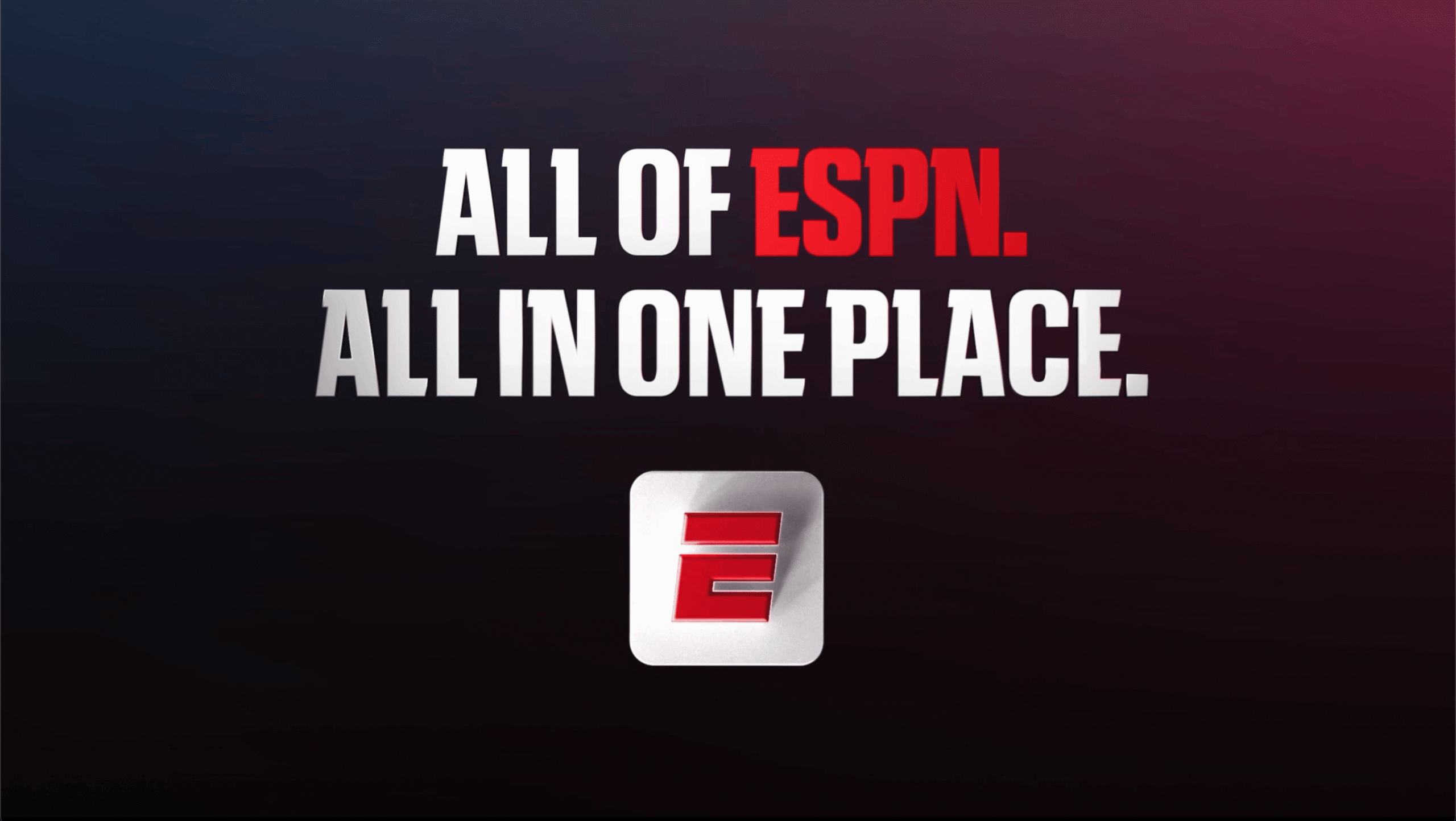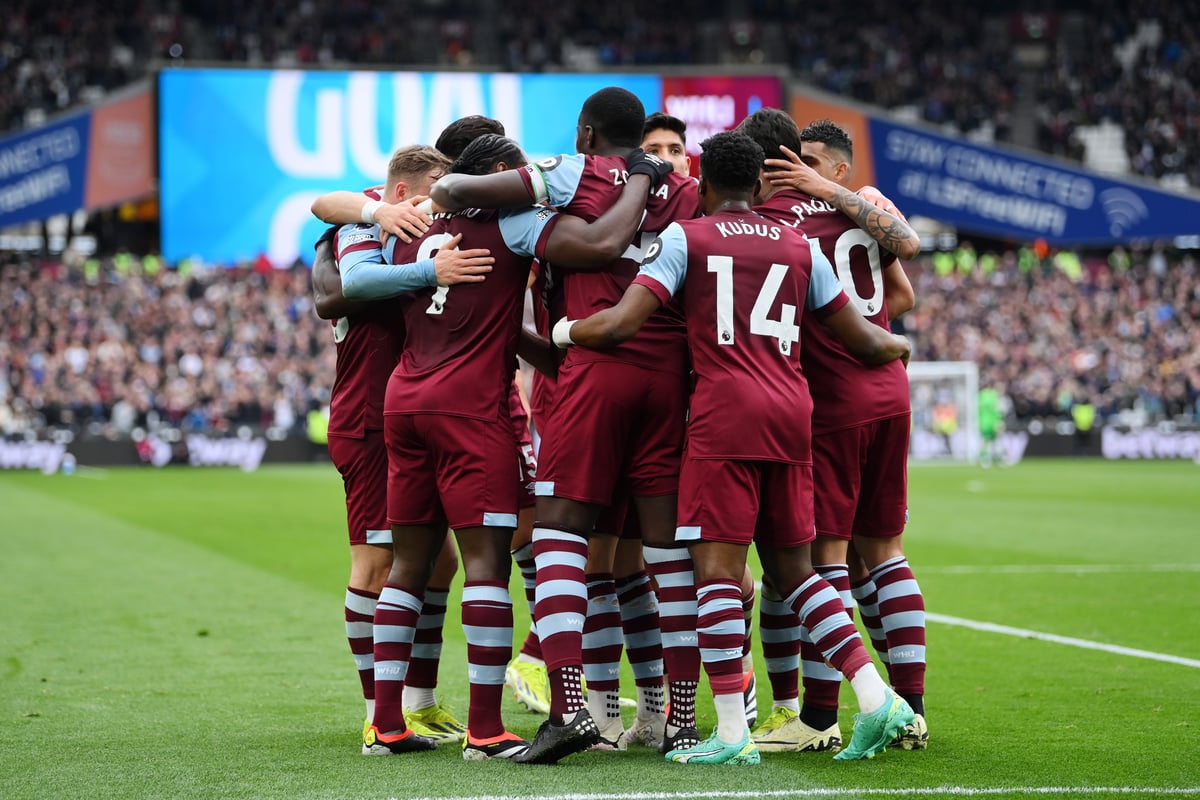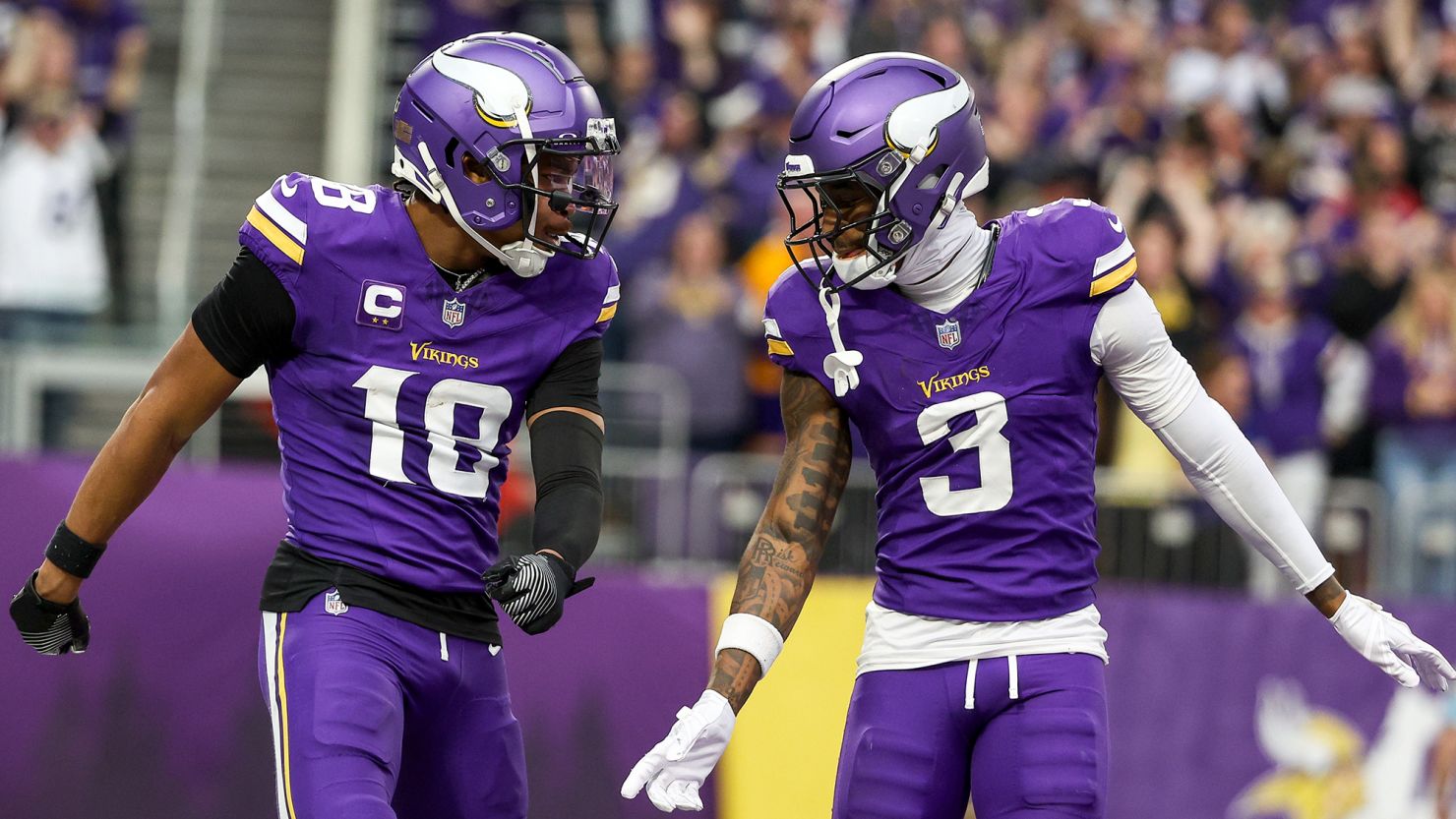In a landmark announcement that signals the next evolution in live sports consumption, ESPN has confirmed the launch of its long-anticipated direct-to-consumer (DTC) streaming service, set to debut in early fall 2025. With a $29.99/month subscription model — and an annual price of $299/year — this move marks a bold pivot from the traditional cable ecosystem toward a streaming-first, fan-direct experience.
The Power of the Brand: Just “ESPN”
The new service won’t carry a novel name. It will simply be called ESPN — a conscious branding decision. As ESPN chairman Jimmy Pitaro explained, “Across every generation, ESPN is the most trusted, loved, and recognized name in sports…we should keep it simple and double down on the power of ESPN.”
This no-frills naming signals confidence. It’s not a spin-off or a second-tier content service like ESPN+; this is the full ESPN experience, unbundled from cable, and tailored for the streaming generation.
What Subscribers Get
For $29.99/month, users gain access to:
- All seven of ESPN’s domestic linear networks
- ESPN on ABC
- 47,000+ live events annually
- On-demand replays
- Studio shows & original programming
- Enhanced features via the upgraded ESPN App, including:
- Betting integrations
- Advanced stats & data
- Personalized “SportsCenter” experiences
- A mobile-to-TV seamless interface
There’s also a more affordable “select” plan — essentially the current ESPN+ — available at $11.99/month or $119/year. Bundling with Disney+ and Hulu is expected, with an introductory triple-play offer at $29.99/year (for the first year), an incredibly aggressive customer acquisition tactic.
Why This Move Matters
This launch isn’t just about competing with streaming services — it’s ESPN preemptively rewriting the playbook for sports rights, viewership behavior, and media economics. Here’s why it’s pivotal:
Cable Unbundling, Accelerated
Sports were the last tether to traditional cable. Now, with ESPN untied from the bundle, the dominoes will fall faster. It gives consumers true à la carte access to premium sports without needing a cable subscription.
A New Blueprint for Rights Holders
The streaming model creates space for more direct fan relationships, precise data analytics, and new monetization formats (like microtransactions or tiered experiences). For leagues and advertisers, that’s a goldmine.
Fan Personalization as a Product
The upgraded ESPN App isn’t just about content — it’s a sports-tech interface, featuring betting overlays, advanced stats, and algorithm-driven content feeds. Sports fans won’t just watch; they’ll interact, predict, and personalize.
The Price Point: Premium or Problem?
At $29.99/month, the service is more expensive than most entertainment streamers. But in the sports context, it’s compelling:
- NFL Sunday Ticket: $349+/season
- NBA League Pass: $99–$249/season
- ESPN DTC: $299/year for multi-sport, year-round content
The real challenge lies in consumer perception. ESPN must prove that it’s not just competing with streaming platforms — it’s replacing the entire cable sports package, offering everything from the College Football Playoff to Wimbledon to UFC and NBA coverage, all under one app.
A Watershed Moment in Sports Media
This isn’t just ESPN evolving — it’s the sports media industry transforming. With this launch, ESPN is staking its future on:
- Owning the fan relationship
- Leading the digital pivot for premium sports content
- Monetizing live sports in a post-cable world
If the execution matches the ambition, ESPN’s DTC platform could become the template for global sports streaming — especially as rights holders in Europe, Asia, and Latin America begin exploring direct models.
Conclusion: A Future Unfolding
The ESPN streaming service is more than a product. It’s a statement — that the future of sports broadcasting is direct, immersive, and customizable.
For fans, it’s a new era of choice and control.
For the industry, it’s a shift that may redefine value chains, from how rights are sold to how sports are watched, measured, and monetized.
One thing is clear: ESPN is no longer just a channel. It’s a platform.


